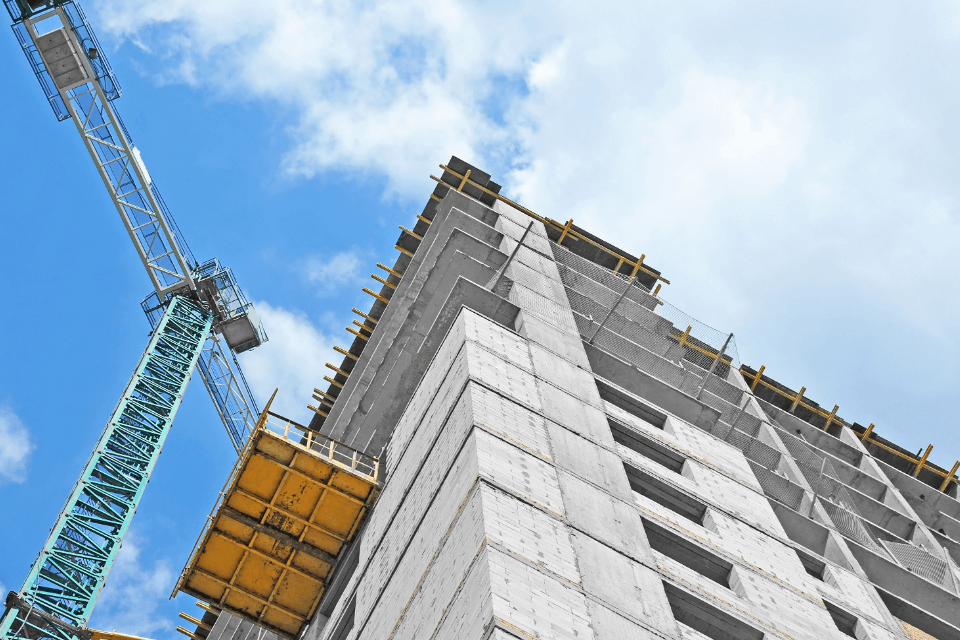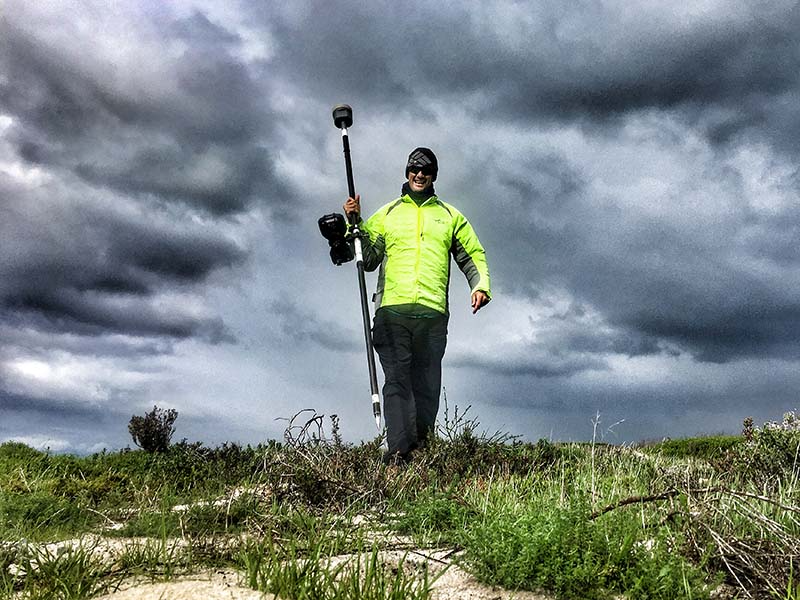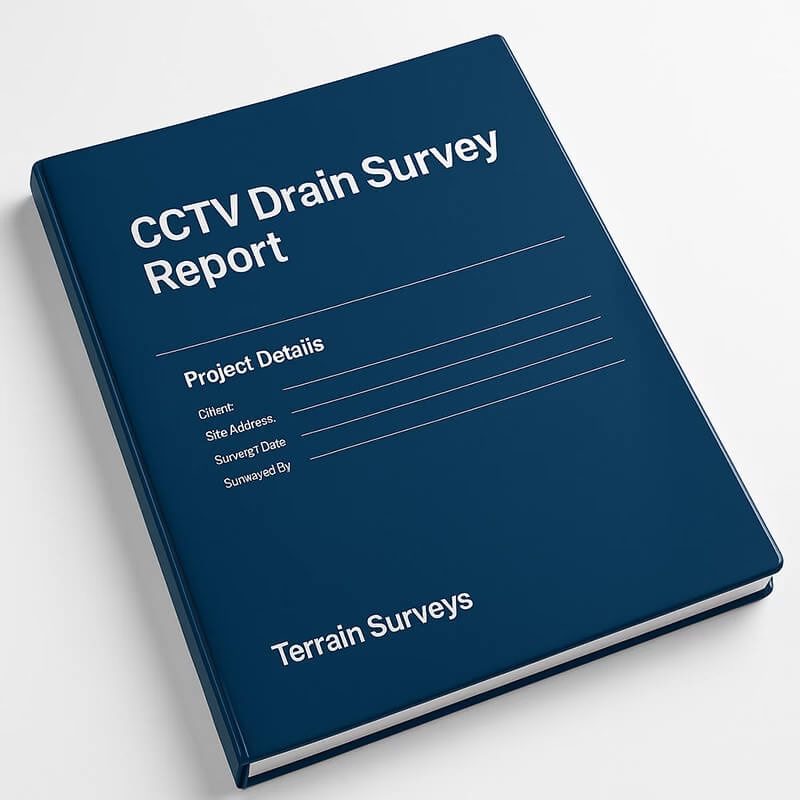Blocked outside drains can be a right pain. Left unchecked, they lead to standing water, foul smells, and even costly damage to your home or garden.
The good news?
You can often sort it yourself.
In this guide, I’ll walk you through how to spot, find, and clear an outside drain blockage step by step. I’ll also tell you when it’s time to call in the pros (and what they can do for you).
Understanding Outside Drains
What is an Outside Drain?
Your home likely has two types of external drainage:
- Storm water drains: These collect rainwater from gutters, patios, and driveways, funnelling it to the main sewer or a soakaway.
- Foul water drains: These carry wastewater from toilets, sinks, baths, and appliances like washing machines. In older UK homes, you might share a foul drainage system with neighbours.
Both systems need to stay clear to prevent flooding or backups.
Signs Your Outside Drain is Blocked
Keep an eye out for these telltale signs:
- Water pooling around drains or gullies.
- Gurgling noises from sinks or baths when they drain.
- Slow drainage from gutters or downpipes.
- Overflowing drain covers or inspection chambers.
- Rotten, sulphurous smells outside, or worse, inside your home.
Common Causes of Blocked Outside Drains
Natural Debris
Leaves, moss, mud, and twigs often clog drains, especially in autumn or after heavy rain. Soil or gravel washing in from driveways or flower beds can also gum up the system.
Improper Disposal
Some of the worst culprits for serious drain issues include:
- Fat, oil, and grease (FOG): Cooking leftovers solidify in pipes, trapping other debris.
- Wet wipes, nappies, sanitary products, and cotton buds: These don’t break down and cause stubborn blockages.
- DIY materials: Plaster, paint, or cement can harden in pipes, leading to major problems.
Structural Problems
Sometimes, the issue isn’t just debris. Watch out for:
- Tree roots infiltrating pipe joints.
- Misaligned or cracked pipes, common in older clay systems.
- Pipe collapse due to ground movement, age, substandard materials or negligence during construction
Suspect one of these? A professional CCTV drain survey is the only way to know for sure.
Step-by-Step Guide: How to Unblock an Outside Drain
If your drain’s overflowing or smells like a bad egg, here’s how to tackle it.
1. Safety First
Before you dive in:
- Wear rubber gloves to protect against dirty water or sewage.
- Use eye protection to avoid splashes.
- Consider a breathing mask if there’s mould or a strong odour.
- Wear old clothes or waterproofs as this can be wet and messy work.
Important: Never enter a manhole or inspection chamber. Confined spaces can trap dangerous gases, and it’s illegal in the UK without proper training and equipment (per the Confined Spaces Regulations 1997).
2. Locate the Access Point
You need to pinpoint where the blockage is.
- Look for a drain inspection chamber or manhole cover near the problem area.
- Use a lifting key or sturdy flat-head screwdriver to carefully lift the cover.
- If you’ve got multiple chambers (say, in the front and back garden), pour water down a sink or run a hose into the drain. Watch which chamber backs up first as that’s your blocked section.
- For complex systems, check your property’s drainage plans (available from your local water authority or council) to map out the pipework to learn where the access junctions are, where the pipes run, so you can narrow down the area to investigate.
3. Try Manual Methods First
These are your go-to for clearing common clogs.
Use Drain Rods
- Thread several drain rods together to reach deep into the pipe.
- Insert them into the drain and twist clockwise—never anti-clockwise, or they might unscrew and get stuck inside, making the blockage even worse.
- Push gently to break up the blockage. Take your time; forcing it can damage pipes.
- A popping sound often means the clog’s cleared. You may notice backed up water disappears quickly once blockages is dislodged.
Try a Drain Auger
- For stubborn blockages, a drain auger (or plumber’s snake) can help. Feed the flexible cable into the drain and crank it to break up or hook debris.
- Available at most DIY stores, augers are great for deeper or compacted clogs.
Follow Up With a High-Pressure Hose
- Once the blockage starts to shift, flush the pipe with a high-pressure hose or jet washer.
- Start from the upstream side (furthest from the main sewer) and work towards the exit point to push debris out.
- Be cautious as too much pressure can damage older pipes.
Drain Cleaning Chemicals (Use Sparingly)
- Only use chemicals for organic blockages like grease or food waste, but not for anything else. Generally its best to only use chemicals as a last resort since they can make their way into our waterways
- Follow the product’s instructions to the letter and wear full PPE.
- Check with your local water authority, as some chemicals are restricted under UK environmental regulations.
4. Test and Check the Flow
Once the drain seems clear:
- Pour a bucket of water or use a hose to test the system.
- If it drains quickly and cleanly, you’re golden.
- If it’s improved but still sluggish, you might have a deeper issue like a broken pipe or root intrusion.
Warning: Repeated blockages in the same spot often signal structural damage.
When to Call in the Professionals
Some blockages are too tough for DIY. If rods, augers, or jets don’t work, it’s time to have a proper look to see what’s in there.
This is when you should consider a CCTV drainage inspection survey. The way it works is that a professional with camera mounted rods or a robot crawler will navigate the whole pipe system and find everything that’s causing problems. All problems will be pinpointed in terms of their exact location and the cause.
Based on the learnings from the survey, you can decide what to do whether clipping roots or remedial works such as re-lining pipework, excavating and/or replacing pipework.
Signs You Need Professional Help
- Blockages keep coming back in the same spot.
- Persistent bad smells even after flushing.
- Backflow into your home (e.g., toilets or sinks overflowing).
- Suspected tree roots, collapsed pipes, or misaligned joints.
Ignoring these can lead to serious issues like flooding or subsidence.
What Professional Drainage Companies Can Offer
A professional drainage survey company can provide:
- CCTV drain surveys using robotic cameras to pinpoint issues without digging.
- Detailed reports with video footage, accepted by insurers and local authorities.
- Precise fault detection for roots, cracks, or misalignments.
- Drainage network mapping for complex or shared systems, ideal for older homes or renovations.

Check Local Regulations
Before tackling any drainage work, confirm your responsibilities:
- In the UK, you’re typically responsible for drains within your property boundary only, while your water company handles the main sewer.
- Check with your local water authority (e.g., Thames Water, Severn Trent) for specific rules on drain maintenance or chemical use.
- If you share drains with neighbours, you may need their consent for major work. Your local council can provide drainage plans to clarify ownership.
Preventing Future Blockages
Keep your drains flowing with these simple steps:
1. Fit Drain Covers and Gully Guards
- Stop leaves and debris with gully guards, available at DIY stores like B&Q.
- Clean them regularly, especially after storms.
2. Keep Gutters and Patios Clear
- Sweep leaves and debris to prevent wash-in during rain.
- Use gravel traps or landscaping to stop soil runoff.
3. Avoid Flushing or Pouring the Wrong Stuff
- No fats, oils, or grease: collect them in a jar and bin them.
- Avoid wipes, nappies, or sanitary products, even if labelled “flushable.”
- Use a fat trap for cooking oil, available online or at hardware stores.
4. Schedule Regular Maintenance
- Flush drains with boiling water and washing-up liquid every few months to clear residue.
- Consider an annual professional CCTV inspection, especially for historic buildings since the drainage systems are likely very old too.
Pro Tip: A quick monthly flush with hot water and a splash of washing-up liquid can stop grease build-up before it starts.
Call in the Experts
While DIY methods can often shift a simple blockage, some drainage issues require specialist attention. If you’re dealing with recurring blockages, suspected structural problems, or simply want peace of mind, Terrain Surveys is here to help.
We provide professional CCTV drainage surveys that pinpoint the exact cause and location of trouble – be it tree roots, pipe misalignments, or collapsed sections, without guesswork or unnecessary digging.
Our experienced team works across the UK, delivering clear reports, drainage mapping, and practical solutions tailored to your site. Whether you’re a homeowner, property developer, or managing an older property, Terrain Surveys has the tools and expertise to find the cause of your drainage problem.
Contact Terrain Surveys today to book a survey or get expert advice on your drainage needs.



